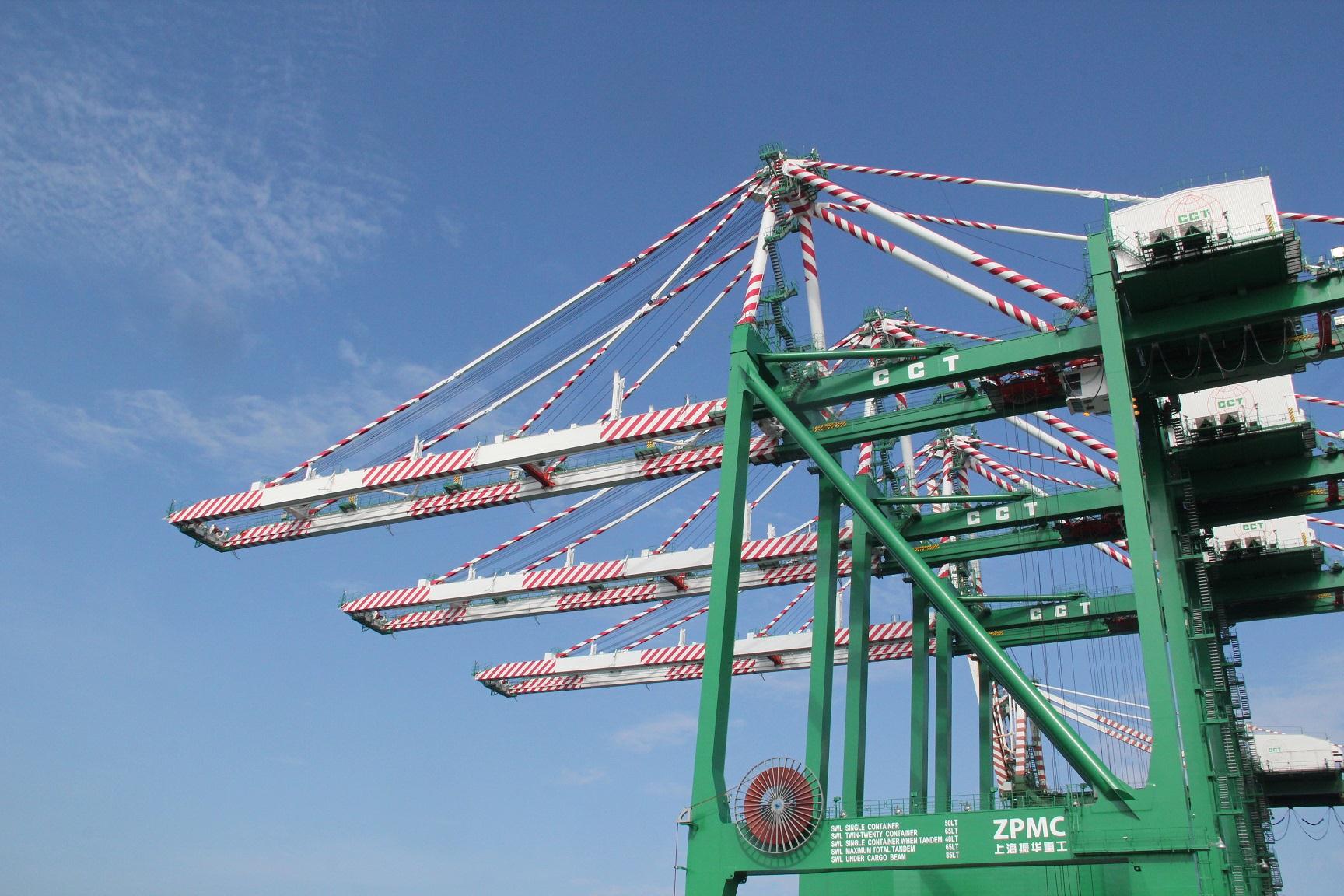With the expansion of the Panama Canal 96% completed at the end of 2015, container vessels with capacities of up to 13,000-14,000 TEUs will soon be crossing from the Pacific Ocean to the Atlantic Ocean and vice versa.
Terminals in the region are undergoing expansion projects to prepare for the arrival of these large ships and to equip themselves for the rise in transhipment cargo.
On the Pacific side of the canal, PSA Panama International Terminal, located on the western side of the entrance, is aiming to extend its handling capacity from 450,000 TEUs to 2 million TEUs per year. To do that, it is building new berths, longer quays and installing more cranes so that it can reach that target by mid-2017.
 In December 2015, Evergreen Group’s Colon Container Terminal, near the Port of Cristobal on the Atlantic side of the canal, completed the construction of its fourth berth, which has now started operations and has brought the handling capacity of the terminal from 1.5 million TEUs to 2.4 million.
In December 2015, Evergreen Group’s Colon Container Terminal, near the Port of Cristobal on the Atlantic side of the canal, completed the construction of its fourth berth, which has now started operations and has brought the handling capacity of the terminal from 1.5 million TEUs to 2.4 million.
Nearby, Manzanillo International Terminal Panama is also in the process of upgrading its facilities so that it will eventually be able to handle 4 million TEUs per year.
“Once the expansion project of the Panama Canal is completed, carriers are expected to deploy larger vessels to trans-Pacific all-water services,” says Yen-I Chang, chairman of CCT. “For the big ships to produce the expected cost benefits, carriers need to load more transhipped cargoes to boost the vessels’ capacity utilization. It is forecast that transhipment volumes will increase in this trade.”
The three super post-Panamax cranes at the new 16.5-metre-deep berth are capable of handling 23 rows of containers, according to Evergreen. In total, CCT now has a quay length of 640 metres and is therefore able to accommodate much larger vessels.
Chang says that because post-Panamax ships are unable to transit through the current Panama Canal, the transhipment process is inconvenient and more complicated.
“Their transhipped cargoes to and from the Caribbean and the East Coast of Central America have to be discharged in ports on the Pacific Coast and carried by train to CCT for feeder connections,” he says. “After the canal’s expansion project is completed, post-Panamax ships can pass through the expanded canal and use CCT as a transit hub to avoid the extra time and costs of double-handling.”
With the vessel-upsizing trend, the volumes of transhipped cargoes will increase significantly during each vessel call. As a major transhipment hub, the main challenge for CCT is to provide efficient operations for large vessels and enable them to maintain schedule integrity.
Even though it may have just launched operations at its new berth, CCT is already planning ahead. The next phase of expansion is underway, which will lengthen berths 3 and 4 to just under 800 metres. When all this is completed in the first quarter of 2017, says Chang, the whole facility will be capable of handling two 12,000-14,000 TEU vessels at the same time.
In addition to that, the terminal will be introducing four automated rail-mounted gantry cranes in its container yard to enhance the transhipment process so that it is smoother and more efficient. Chang says that this automation system is expected to be ready by the first half of 2017.
Overall, things are looking bright for CCT, along with the other Panamanian terminals.
“According to Drewry’s forecast, Panama transhipment activity is expected to jump by double digits after the new locks open in 2016,” says Chang. “And then that will be followed by long-term annual growth of about 5%.”
By Jeffrey Lee
Asia Cargo News | Hong Kong




